Nagoya Castle
About the Special Historic Site, Nagoya Castle
Tokugawa Ieyasu emerged victorious from the decisive Battle of Sekigahara, which had split Japan into East and West factions, and upon his investment as Shogun, established his government in Edo. In 1610, he called upon former enemy daimyo to commence construction of his new castle to be built at Nagoya.
The great tower keep was topped with golden shachihoko tiger-fish ornaments and boasted the greatest floorspace of any keep ever. The Hommaru Palace, the finest of all palaces and the vast Ni-no-maru Garden further emphasized the power and might of the Tokugawa clan. Its beauty was surrounded by high, strong walls of stone, a reminder of its basic function as a superior military facility.
For the next 260 years of the Edo Period (1603-1867) it thrived as the castle of the Owari Tokugawa clan. The populace from the nearby castle town of Kiyosu had been ordered to move to the new castle site, and the current city of Nagoya was formed.
Nagoya Castle is one of Japan's most prominent castles, and is designated a National Historic Site, considered the equivalent of being a National Treasure.
Hommaru Palace (Destroyed by Fire・Reconstructed) Open to the Public
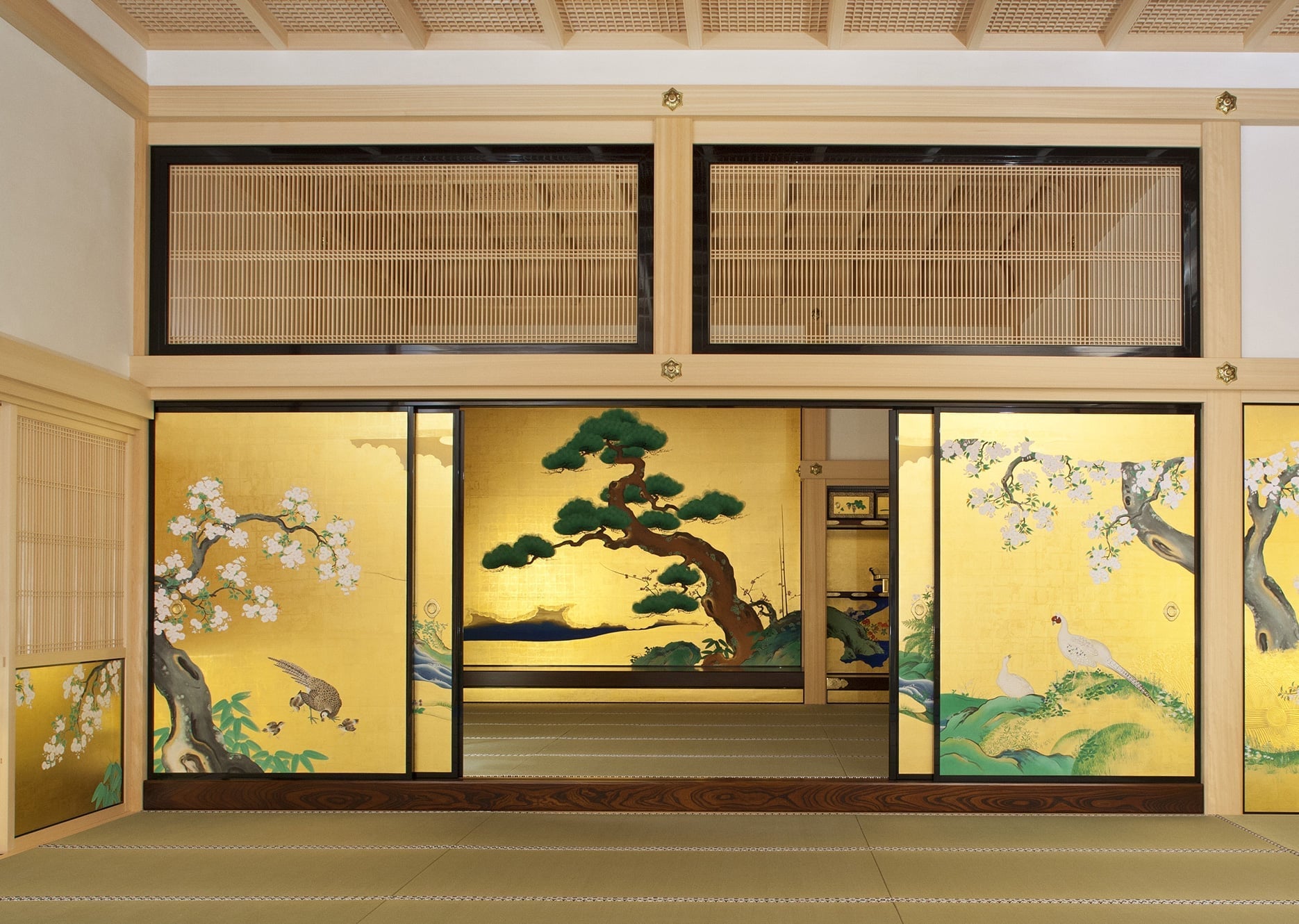
Completed in 1615, the Hommaru Palace served as the official residence and administrative offices of the Owari Tokugawa clan. Along with the tower keeps, the Hommaru Palace was among the first castle structures to be designated a National Treasure, however, it was destroyed in the wartime air raids of 1945. Using existing Edo period (1603-1868) architectural plans and other historical resources, the palace was authentically rebuilt in 2018, returning it to its former glory.
Ni-no-maru Garden Scenic Site
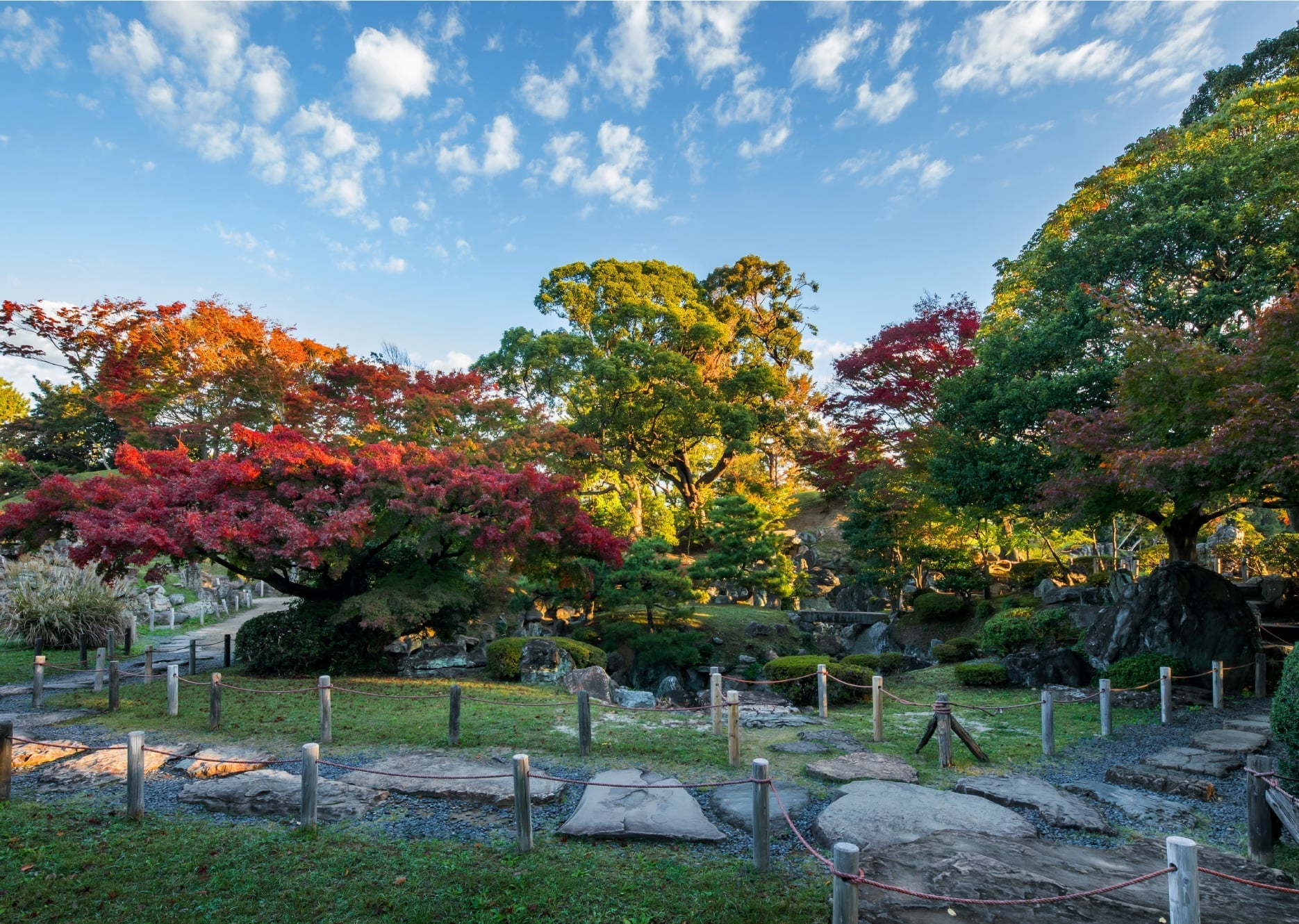
Located north of the Ni-no-maru Palace, and enjoyed both privately and in an official capacity by the successive Lords of Nagoya Castle, the Ni-no-maru garden was Japan's largest garden adjoining a lord's living quarters.
Seinan-sumi Yagura, Southwest Corner Watchtower
Important Cultural Property
Usually closed to the Public
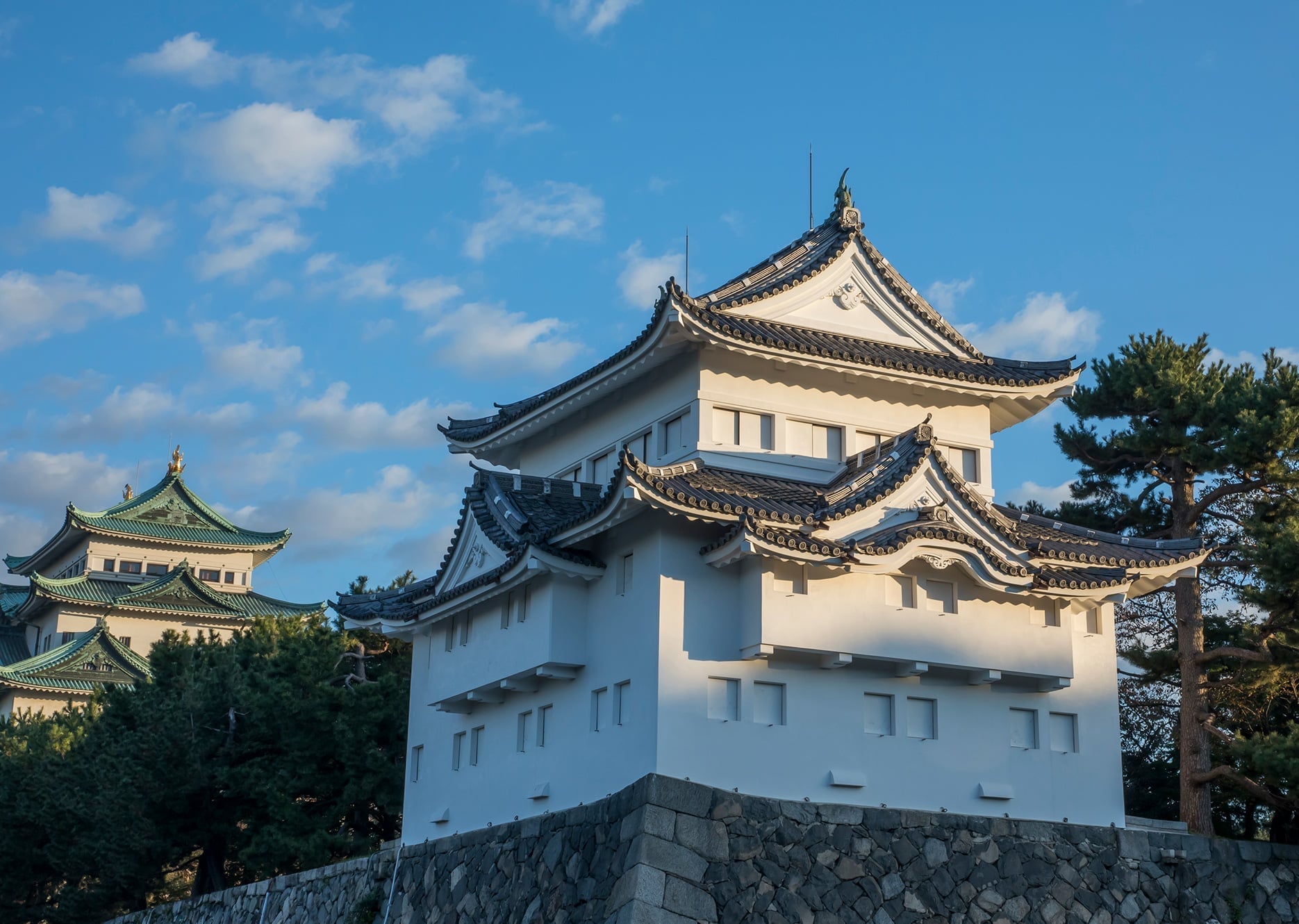
Built around 1612 and located on the Honmaru's south western corner, this watchtower appears to be two stories high from the outside, but in fact contains three floors. Above the stone walls are protruding sections, known as Ishi-otoshi, stone dropping chutes, thought to be for attacking the enemy. These watchtowers, called yagura, were staffed by guards and served as a lookout to protect the castle, as well as a weapons depository.
Tounan-sumi Yagura, Southeast Corner Watchtower
Important Cultural Property
Usually closed to the Public
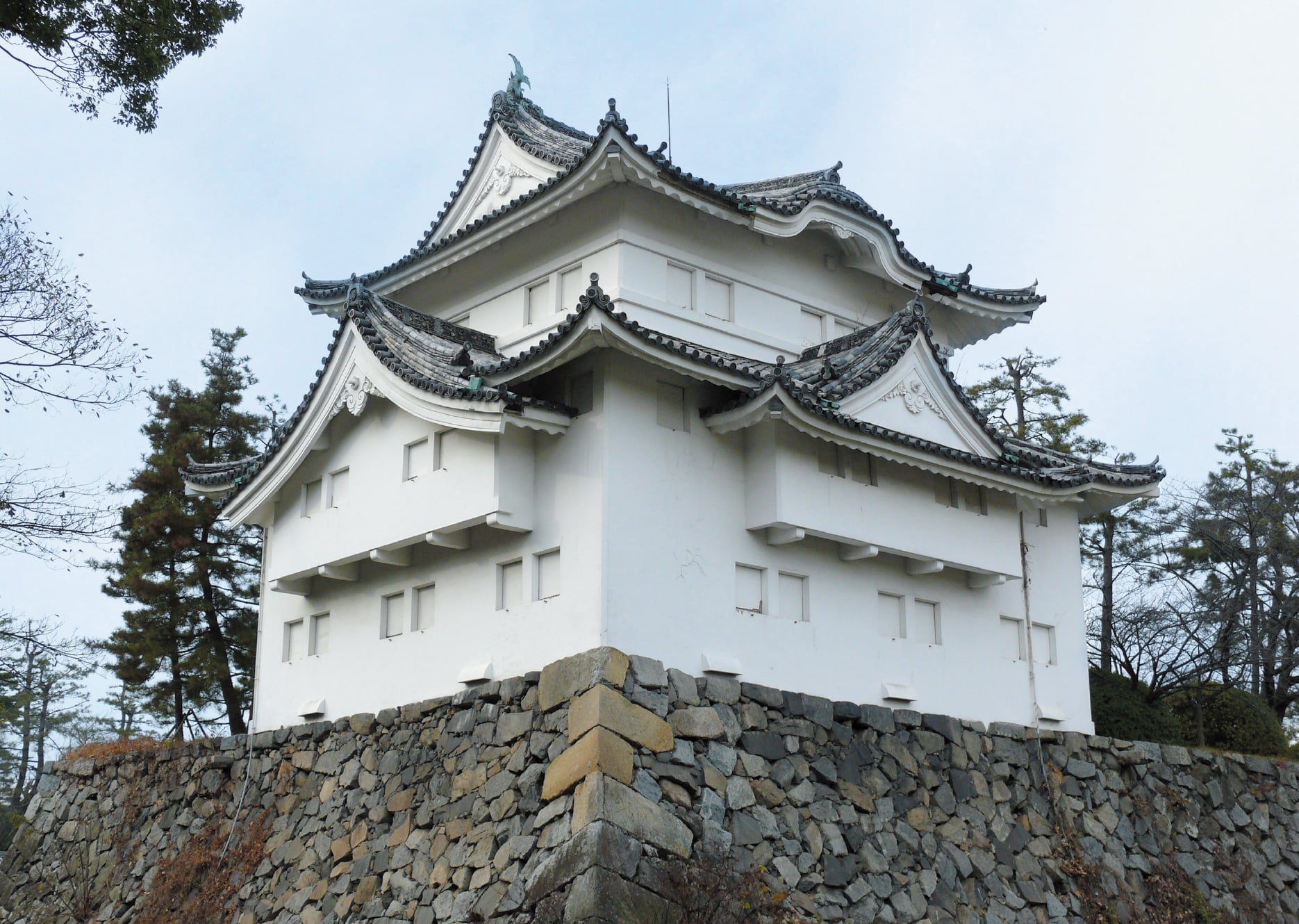
Built in 1612 on the south eastern corner of the main Honmaru central bailey. This watchtower appears to be two stories high from the outside, but contains three floors. The east side roof of the third-floor features more decorative devices.
Seihoku-sumi Yagura, Northwest Corner Watchtower
Important Cultural Property
Usually closed to the Public
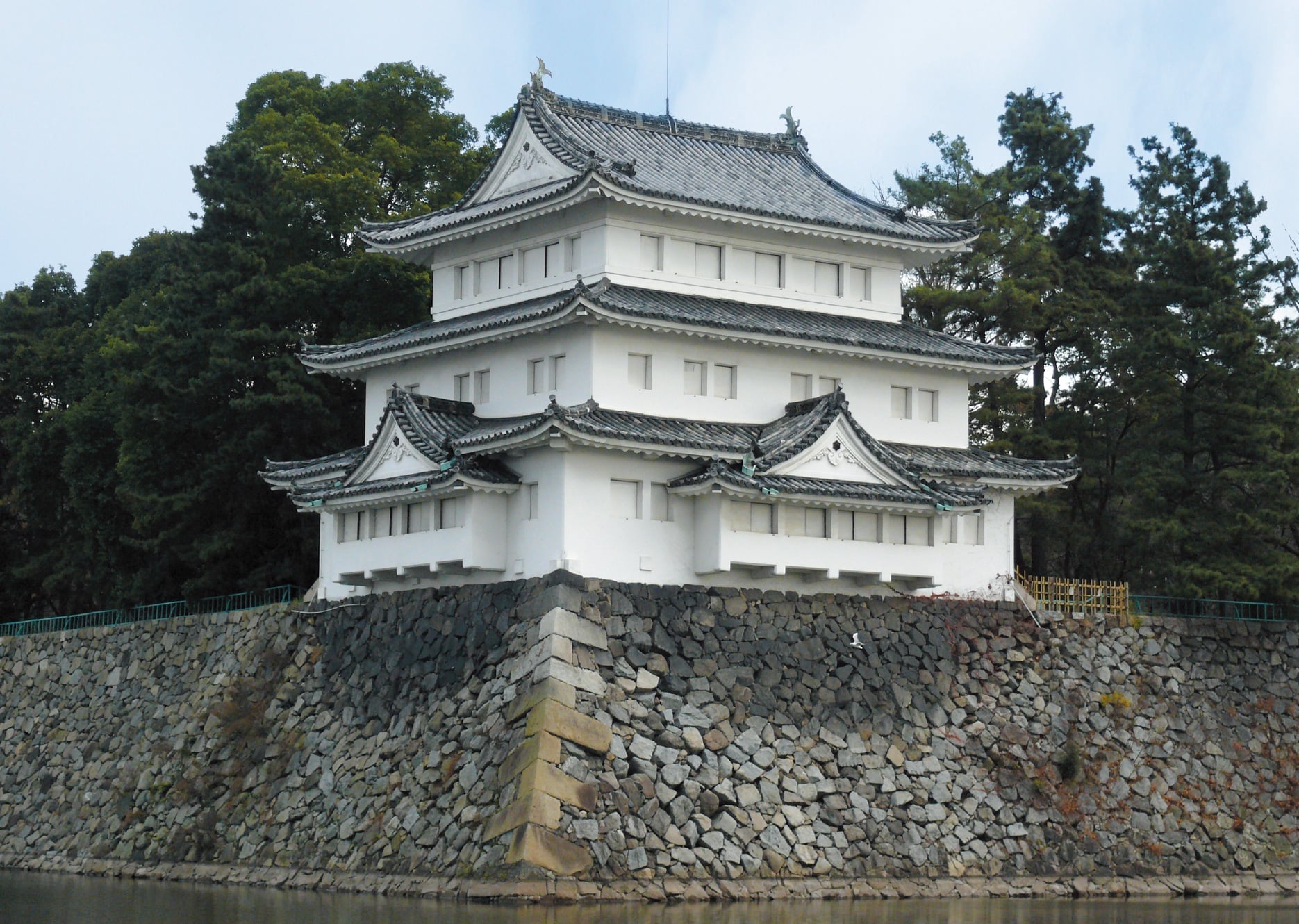
Located on the northwestern corner of the Ofuke-maru enclosure, this watchtower was constructed around 1619. This is Japan's second largest three-story remaining watchtower in original condition.
Main Tower Keep
(Destroyed by Fire・Reconstructed)
Currently closed
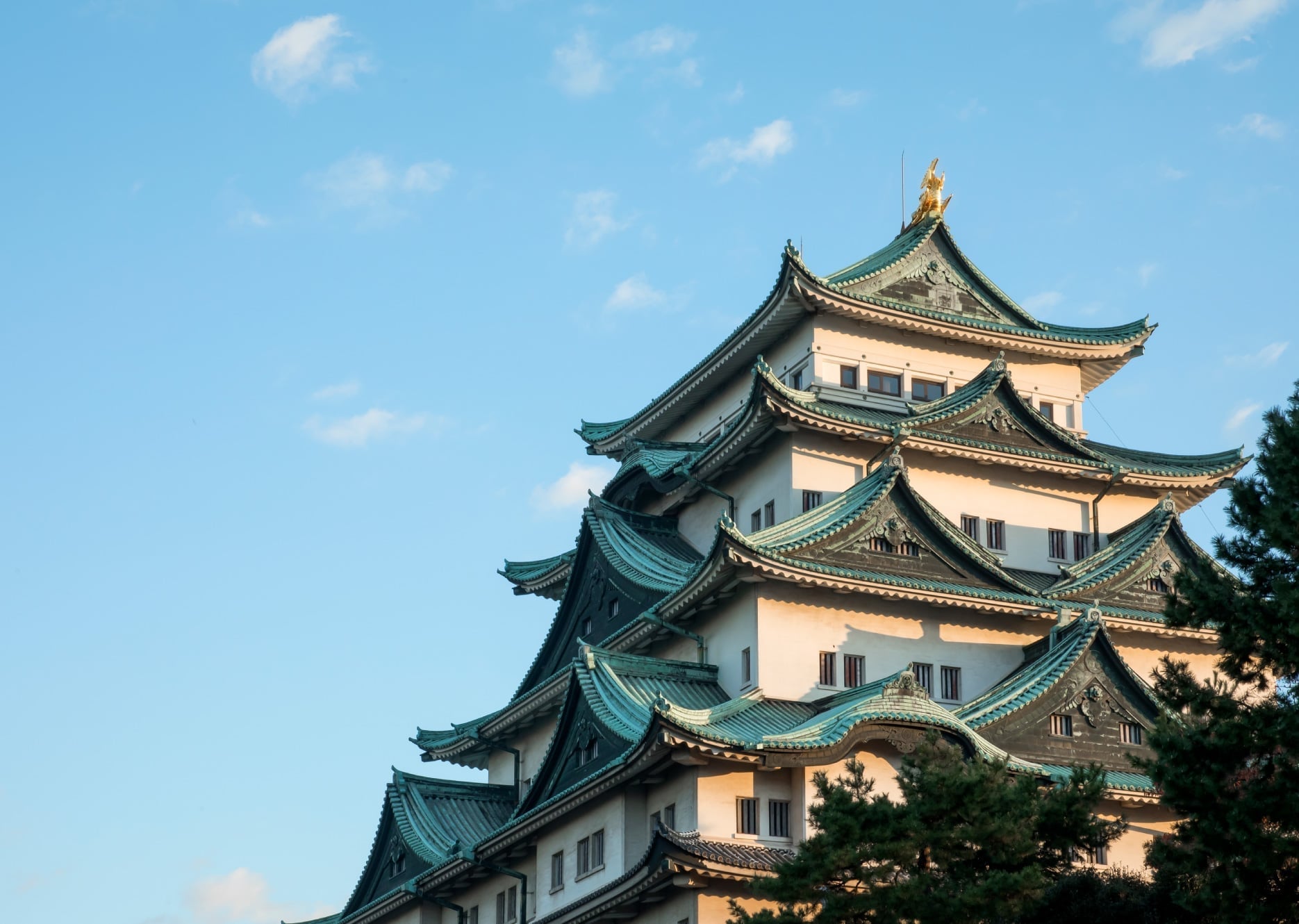
Completed in 1612, the main keep was destroyed in the 1945 air raids, but was rebuilt in steel reinforced concrete after the war. The main keep is currently closed due to age and earthquake resistance concerns.
Omote Ni-no-mon, Second Front Gate
Important Cultural Property
Open to the Public
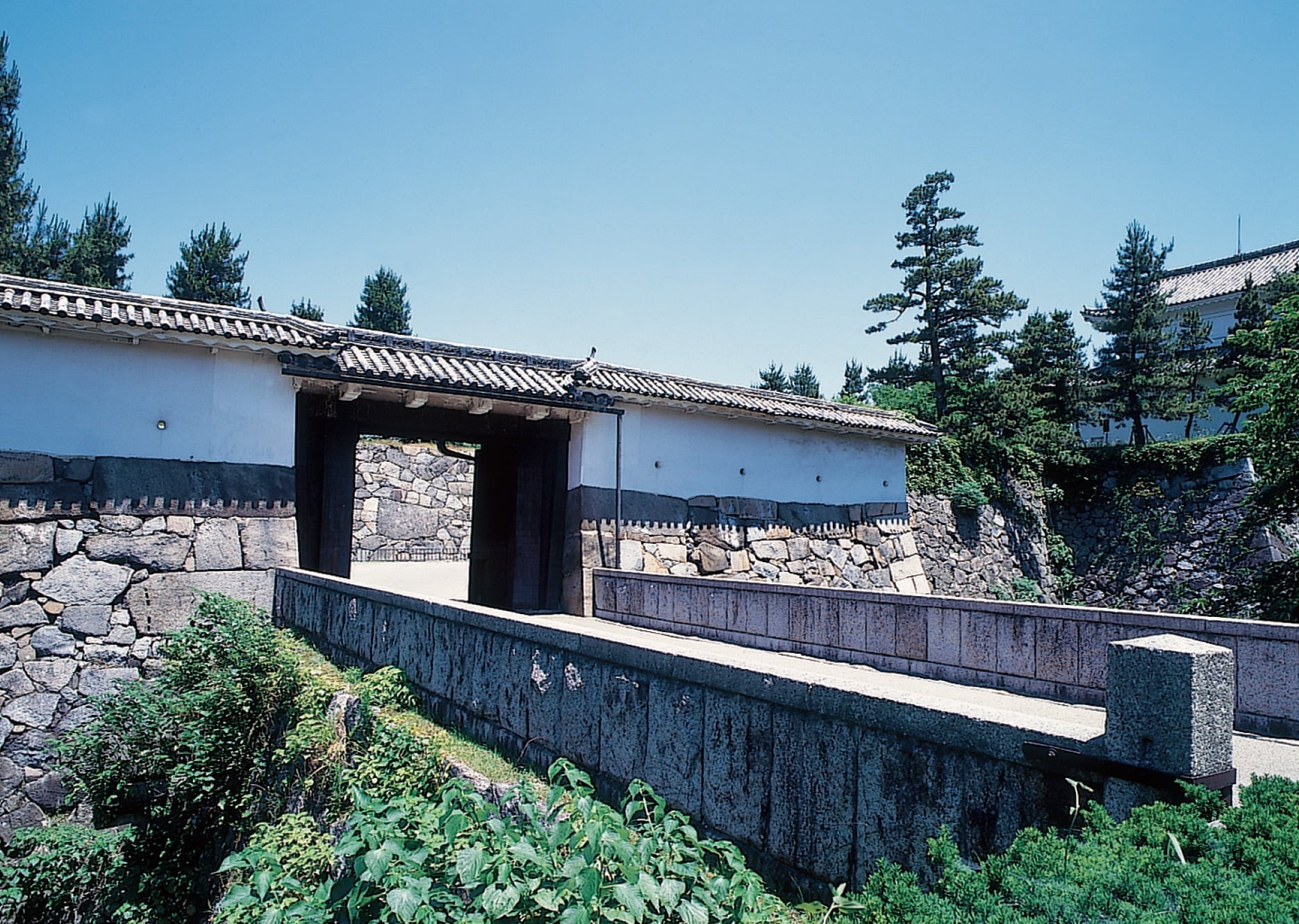
Completed around 1612, this gate on the south side of the Honmaru is constructed of iron clad, thick wood. The walls either side of the gate feature round gun ports for the firing of matchlock guns.
Former Ni-no-maru Higashi Ni-no-mon, Second East Gate
Important Cultural Property
Open to the Public
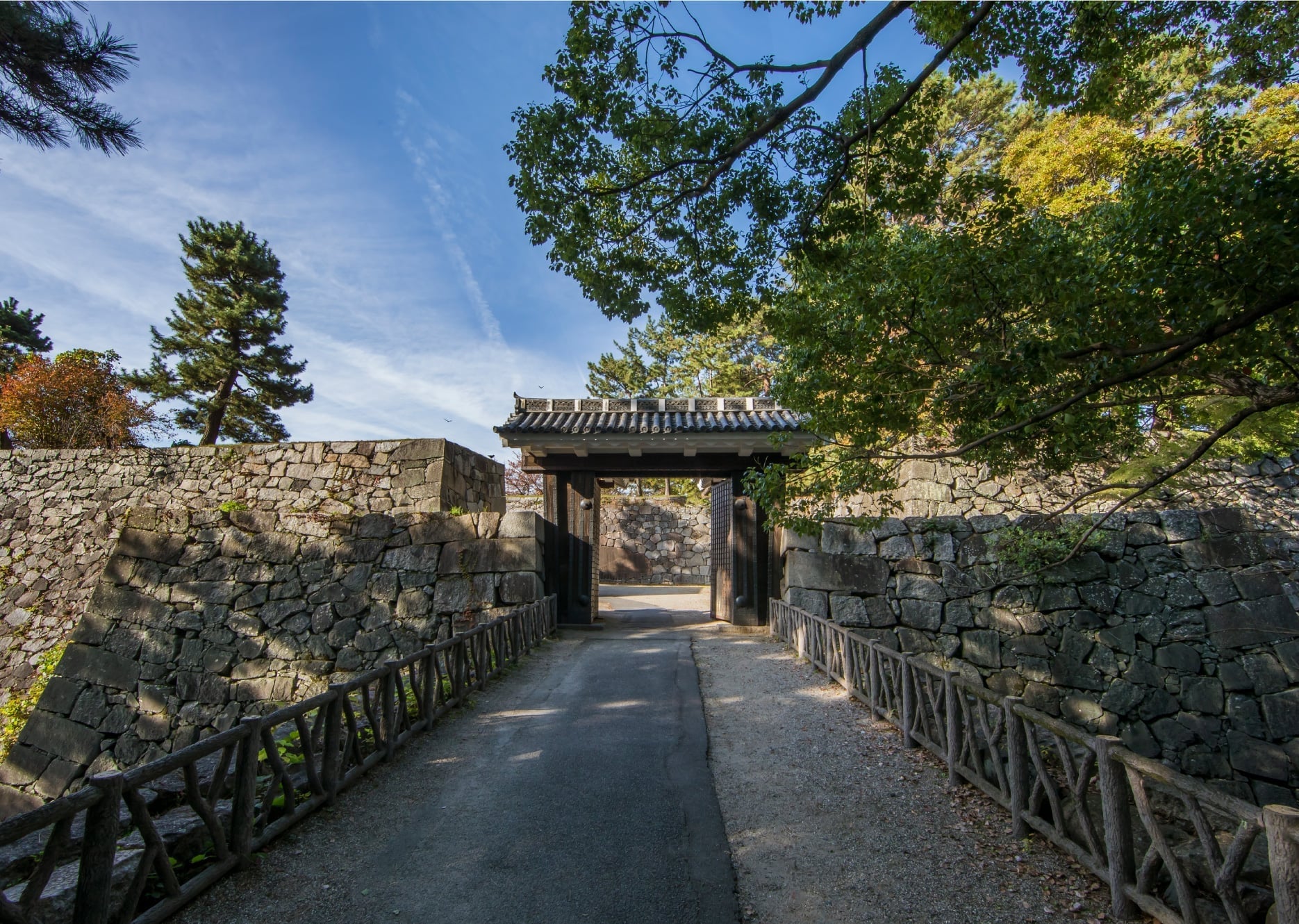
Constructed circa 1612, this gate was originally the Ni-no-maru Higashi Kurogane-mon (east steel-clad) gate, in 1972, it was transferred to the Honmaru second east gate position.
Seimon, Main Gate
(Former Enokida-mon Gate)
(Destroyed by Fire・Reconstructed)
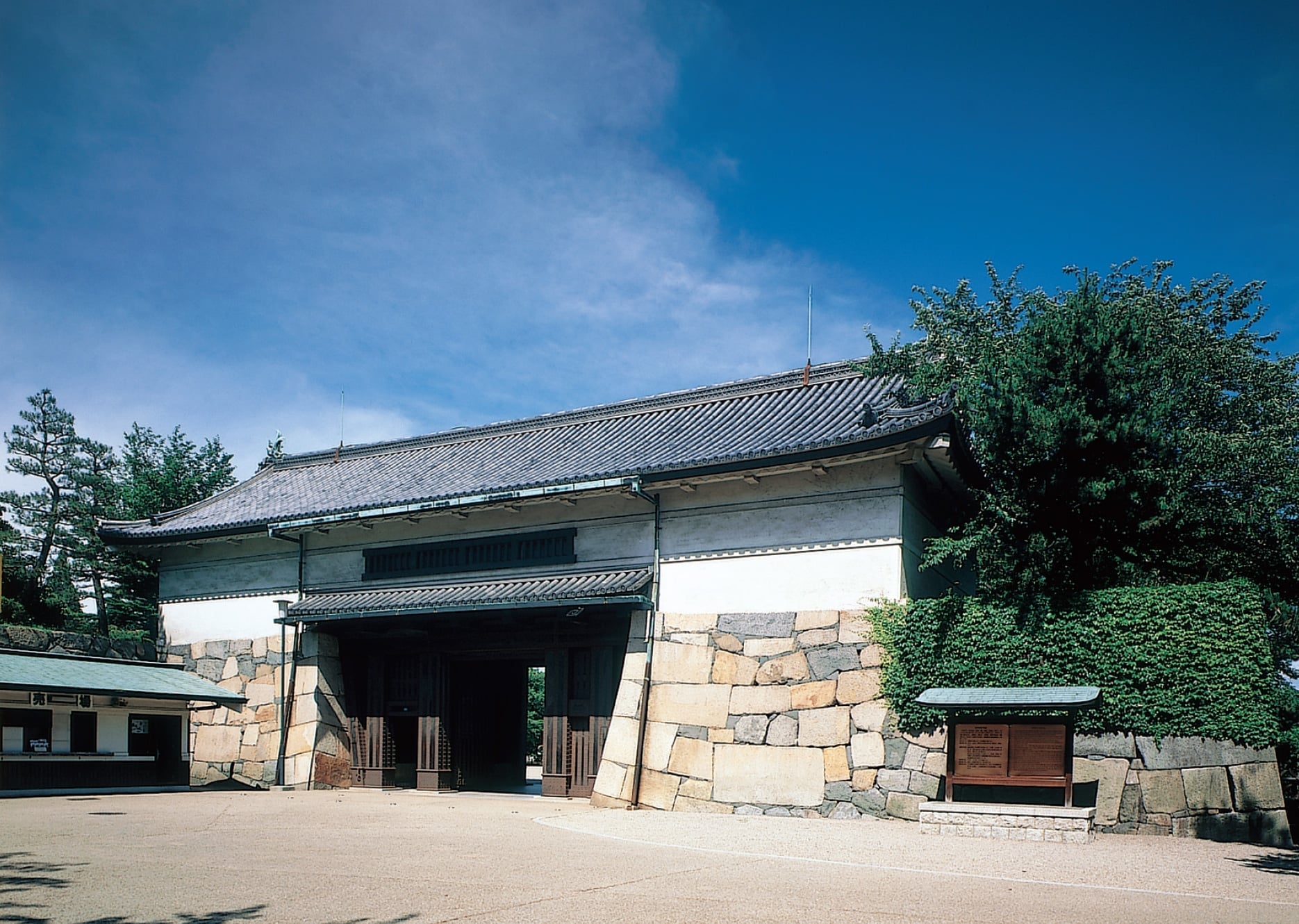
The main gate, leading to the Honmaru, was one of the most important castle gates, and one reserved for the use of elite retainers and guests. It was rebuilt, along with the tower keeps in 1959.
Tea Ceremony Houses
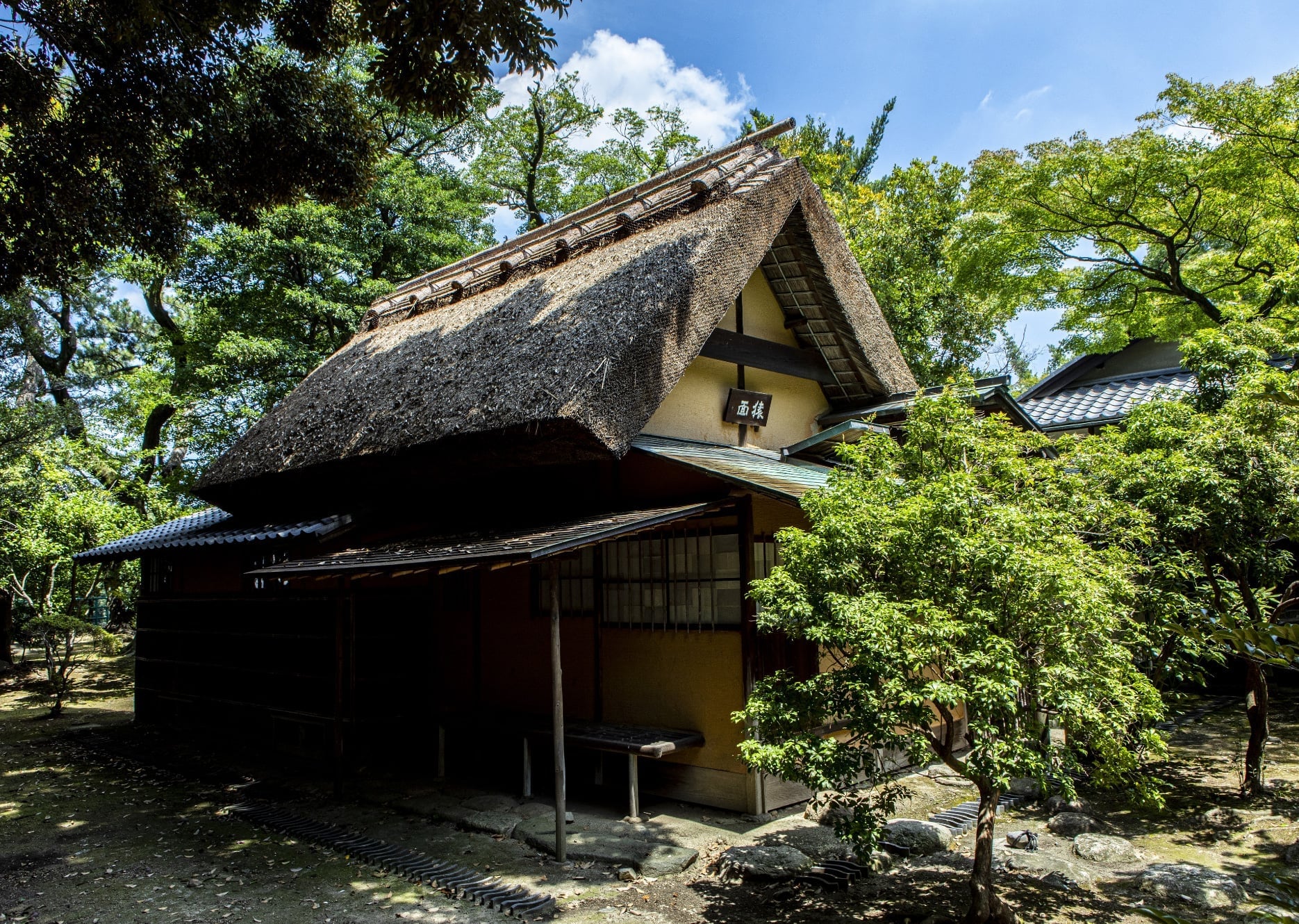
The gardens of the Ofuke-maru precincts, consisting of about 2,000㎡, housed the renown Sarumen-bogaku, Yuin, and the Oribedou Tea Ceremony Houses, and a study, established for the use of the tea ceremony.
Stone Walls, Kiyomasa Stone
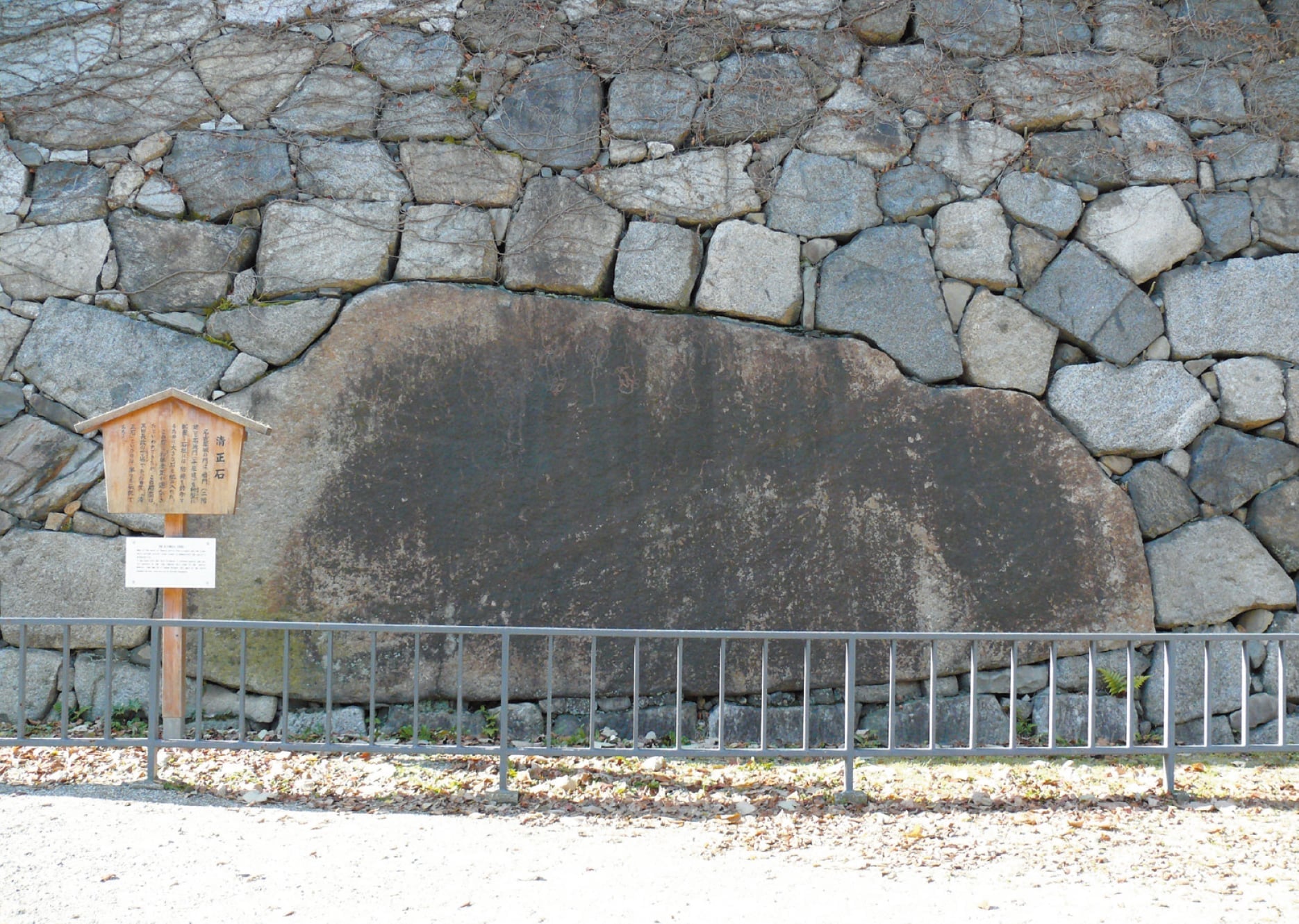
The stones used in the walls of Nagoya Castle are engraved with the various identification marks of the 20 daimyo who were ordered to construct the castle. The largest stone used at Nagoya Castle is known as the Kiyomasa Stone, and is named after the famed castle architect, Kato Kiyomasa, who, legend tells, brought the stone to Nagoya.
Site of the Uzumi-gomon Gate
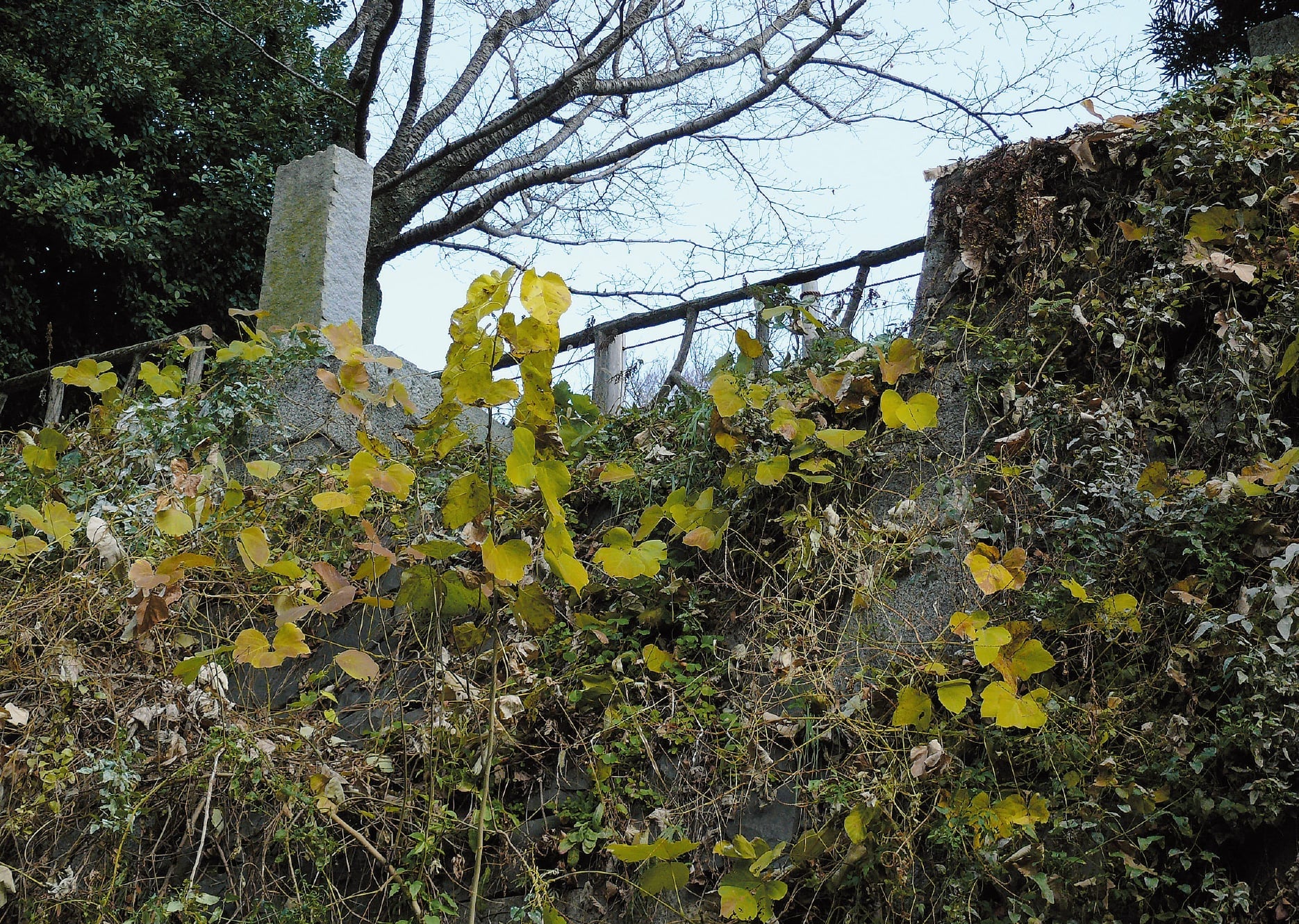
To the west of the Ni-no-maru garden was the Uzumi-gomon gate, an emergency escape route for the castle lords, should the need arise.
Nogi-soko, Storehouse
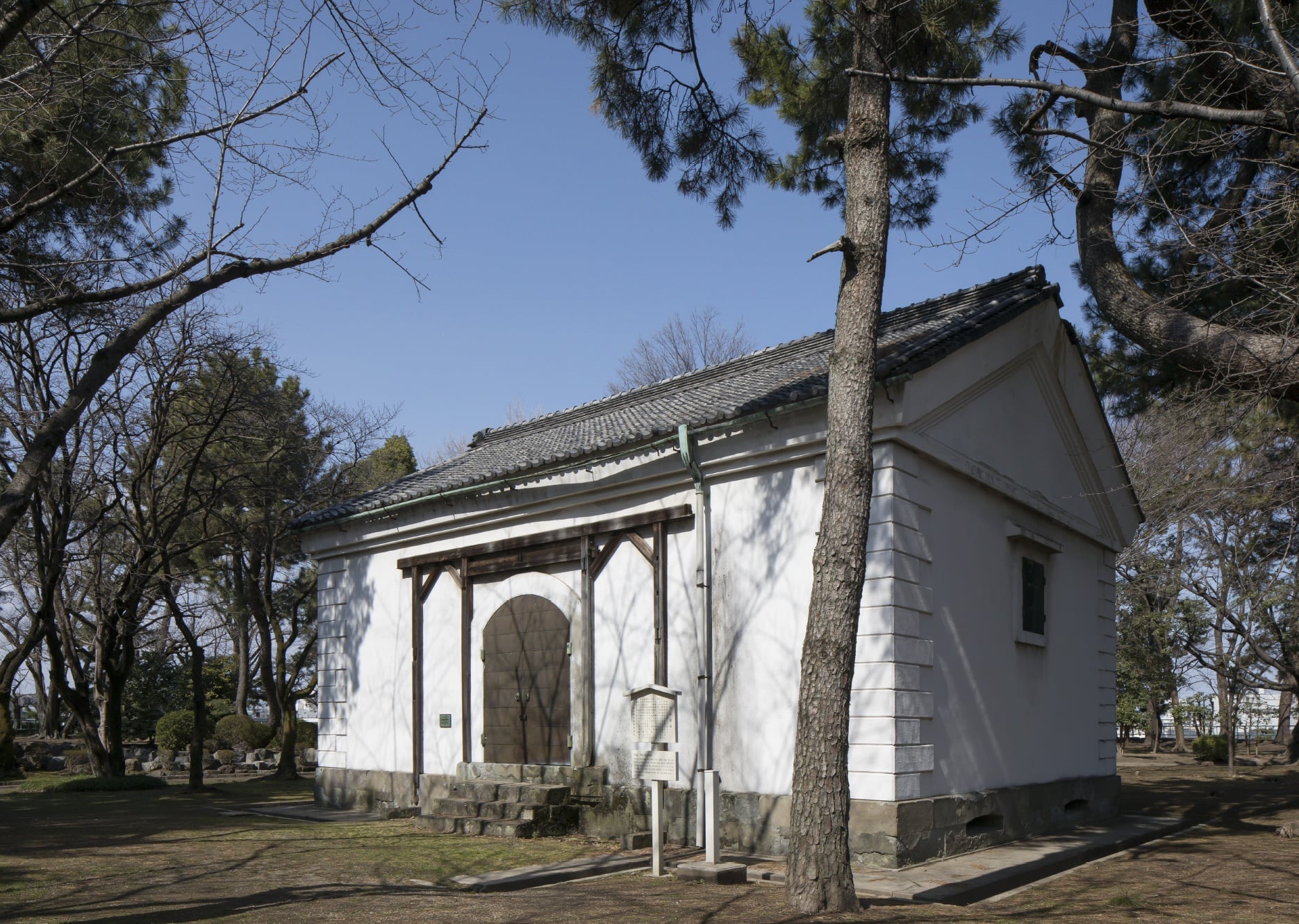
Built as a gunpowder depot on the Ofuke-maru precinct during the Meiji period(1868-1912), many of the Hommaru Palace's sliding door, wall and ceiling panel paintings were stored here in the Nogi-soko storehouse during the war, and were thus saved from WW2 air raid destruction.
Nagoya Castle Kaya Tree
National Natural Monument
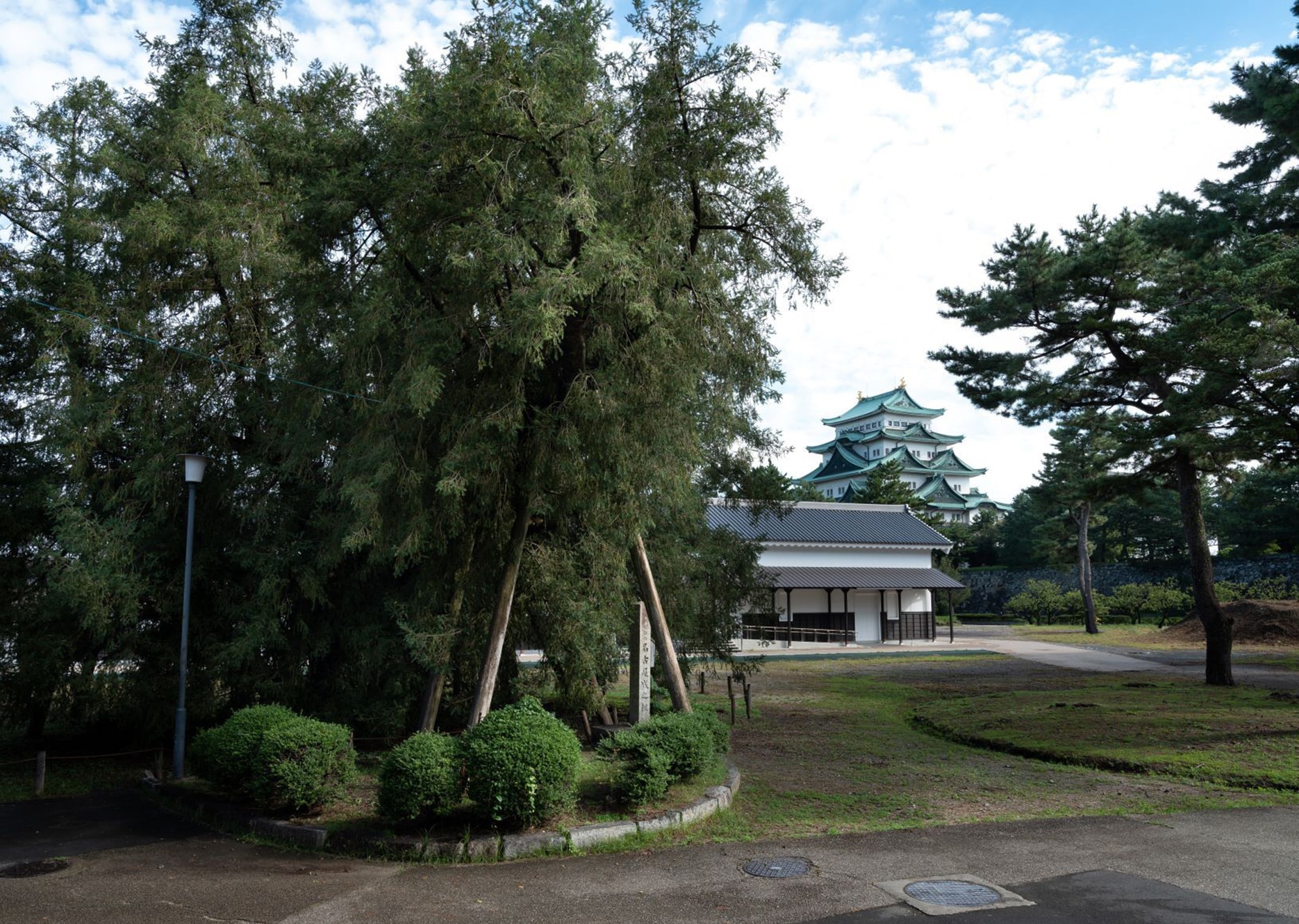
Designated a Natural Monument, Nagoya Castle's Kaya tree is believed to be over 600 years old. Its nuts were considered auspicious food and are said to have been eaten by successive lords of the Owari Domain.
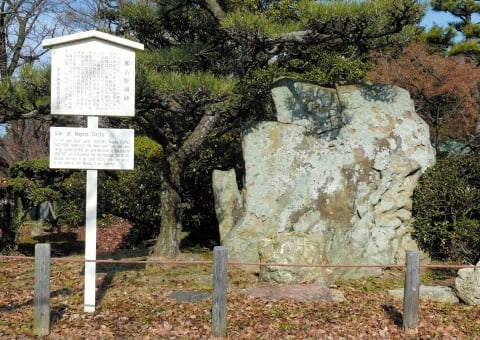
Old Nagoya Castle Site
The current Ni-no-maru site is said to have been the site of an older castle, also known as Nagoya, but with different characters for its name. The first of the National Unifiers, the innovative warlord Oda Nobunaga lived in this castle until 1555.
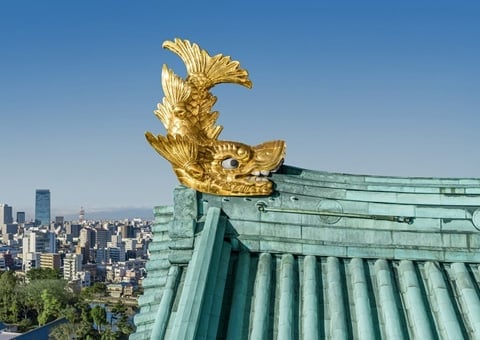
Kinshachi, Golden Tiger-Fish Roof Ornaments
The Kinshachi, Golden Tiger-Fish Roof Ornaments atop the main tower keep were restored in 1959. The male device on the northern side is 2.621m tall and weighs 1,272kg. The female device on the south end is 2.579m high and weighs 1,215kg. The scales of both are covered in 18 karat gold.








